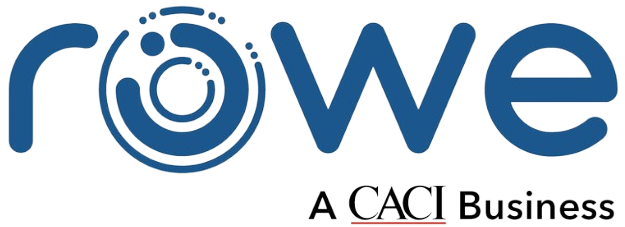
On the day that Rowe have confirmation of our place on Lot 3 of the Crown Commercial Service’s latest framework – Cloud Compute 2 – I have been pondering the merits of government procurement frameworks…
Frameworks are intended to help public, and third sector organisations procure goods and services from a list of pre-approved suppliers, with agreed terms and conditions and associated legal protections. Love them or loath them, they seem be growing in popularity, but they can be a minefield to navigate and work within.
But are they worthwhile?
Certainly from a buyers’ perspective, there is value in having a pre-screened set of relevant suppliers, with their respective products, skills and/or services easily available to browse or invite to engage. Alongside efficiency savings, a reduction in procurement costs and a range of options for buyers (e.g. mini-competitions, direct awards or full invitation to tender), the humble framework can also provide a degree of certainty in terms of capped pricing, pre-agreed terms and conditions, and other benefits (such as building relationships with suppliers).
From a suppliers’ perspective, frameworks can help a company to become more visible and open-the-door to sales opportunities which they may not otherwise have visibility of. They also provide certainty of terms and conditions and pre-agreed rates, and familiarity with standard tender documentation.
But there are limitations.
It can be tricky to set rate cards for an extended period, especially in times of economic uncertainty and inflationary pressures. Your maximum day rates can end up feeling woefully low, and reduce the incentive to bid on (altogether less shiny) opportunities towards the end of their term.
Then there is the question of which framework to join? New ones can come thick and fast, some familiar, some less so. But applying to get onto them can involve quite considerable effort, and when you have other conflicting priorities (e.g. ITTs, PINs, Events, with ‘as yet undefined’ returns on this investment). Some turn out to be damp squibs, others are diamonds, but it is hard sometimes to know in advance which is going to be which.
As a sector-agnostic, consultancy led IT company, this is always something we have wrestled with. You cannot join them all, but what will be the cost-benefit for all those hours spent finessing an application? Often, the ability to seize the framework bull-by-the-horns will come down to the available capacity within the team at any given moment, and how well you can track, monitor and identify the myriad of frameworks coming down your sales pipeline.
So, as we welcome in the new Cloud Compute 2 framework, we wait with bated breath to see what exciting new opportunities (and challenges) lie ahead and look forward to working on new cloud projects in the coming years.

